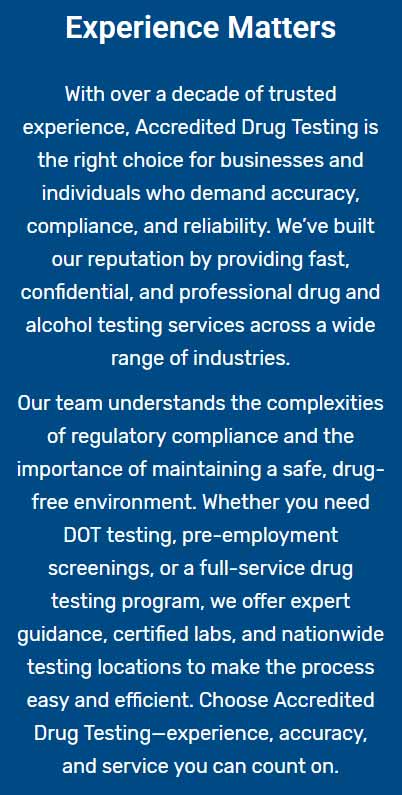What it is, How it works
Hair analysis is now regarded as an effective means for tracking drug and alcohol consumption. Hair offers an extended historical record of substance use by encapsulating biomarkers within the hair strand as it grows. When sourced near the scalp, hair can reveal a detection period of roughly three months for alcohol and drugs. Collecting hair is straightforward, relatively tamper-resistant, and easy to transport.
An optimal screening and verification sample consists of a 1.5-inch portion containing about 200 hair strands (comparable to a #2 pencil diameter), providing 100mg of hair. For EtG, supplementary, and/or more extensive tests beyond 10 panels, a 150mg sample is advised. Utilizing a jeweler’s scale for specimen measurement is suggested. If head hair isn't available, a similar quantity of body hair can be collected. When mentioning head hair, it implies scalp hair strictly. Body hair denotes all other hair types (e.g., facial, axillary).
Process Overview
The laboratory procedure for deriving a drug test outcome includes four key phases: Accessioning, Screening, Extraction, and Confirmation.
Accessioning deals with the initial integration of a sample into the lab system. This phase ensures the sample was properly sealed and sent, assigns a Laboratory Accessioning Number (LAN), and completes additional data entry unattainable from a digital chain of custody.
Screening involves a preliminary rapid assessment for illicit substances. Although it is an economical method for ruling out drug use in most cases, a positive initial screen needs verification to be court-admissible. Samples suspected of being positive require a follow-up confirmation.
If a sample is deemed presumptively positive during Screening, additional hair from the original sample is set aside for Extraction. Here, drugs are isolated from the hair at much lower concentrations than other methods (e.g., urine or saliva), highlighting the complexity of hair drug screening execution.
Confirmation of any positive Screen result is performed using GC/MS, GC/MS/MS, or LC/MS/MS. Presumptive positive samples are cleansed before needed confirmation. The complete laboratory sequence from Accessioning to Confirmation is scrutinized under both the CAP (College of American Pathologists) Hair classification and ISO / IEC 17025 accreditation standards.
Advantages of hair drug testing:
- Extended detection period: Hair drug tests can identify drug use over up to 90 days, compared to shorter timeframes in urine tests.
- Hard to bypass: Cheating a hair drug test is challenging, enhancing result reliability.
- Chronological data: It reveals a timeline of substance use over time, not just immediate instances.
Limitations:
- Incapable of detecting recent intake: It generally takes 5-7 days for substances to appear in hair.
- Expense: Hair drug tests usually have higher costs than alternative drug testing approaches.
- Result fluctuations: Elements like hair color and personal hair growth variations may influence metabolite levels in the hair.
Note: Despite often being termed "hair follicle tests", the test evaluates the hair strand, not the follicle beneath the scalp.




